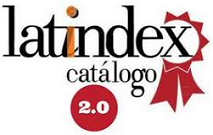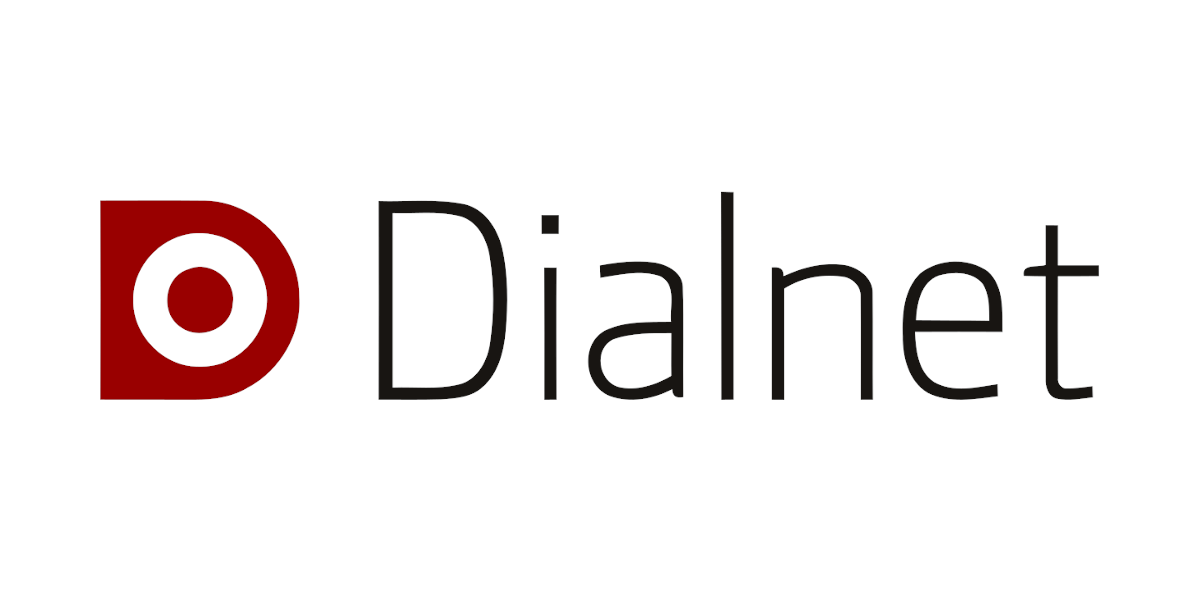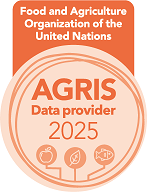Eficacia de vacunas monovalentes y trivalentes AIV-H5 inactivadas contra la exposición al virus aislado recientemente H5N1 clado 2.3.4.4b
Palabras clave:
Influenza, Vacunas, EficaciaResumen
Since 2020, clade 2.3.4.4b H5N1 viruses were recorded in Europe, Africa, Asia, and America. The objective of this study, of which results have not been previously published, was to assess the efficacy of two commercially available vaccines indicated for immunizing poultry against HPAIV H5Nx subtypes. Sixty specific pathogen free (SPF) chickens of 14 day of age were brought to a biosafety level -3 (BSL-3) lab and distributed randomly into four groups. Group 1 vaccinated with Mefluvac™ H5 Plus 8 (trivalent vaccine composed with strains resembling clades 2.2.1.1 and 2.2.1.2 avian influenza H5N1 subtype as well as clade 2.3.4.4. of HPAI H5N8 subtype (Middle East for Vaccines (Mevac, a Kemin Company, Egypt); Group 2 vaccinated with Mefluvac™ H5N8 (HPAI H5N8 subtype clade 2.3.4.4b. Vaccinations were administered intramuscularly with a dose of 0.5 ml / bird; Group 3 non-vaccinated and challenged and a group 4 non vaccinated and non-challenged. Vaccination was carried at 14 days of age intramuscularly, 0.5 ml / bird. Challenge was carried out 28 days after vaccination (DPV) with a newly emerged HPAIV H5N1 strain, clade 2.3.4.4b isolated in 2022 in Egypt, via intranasal dropping by pipette using 100 µL containing 6.0 log10 EID50. Birds were monitored for 14 days post-challenge (DPC). Oropharyngeal swabs were collected at 3, 5, 7, and 10 DPC for individual qRT-PCR (homemade primers targeting the HA segments of the AIV-H5N1 virus). Vaccinated groups had 0 % mortality and no remarkable clinical signs after the challenge, Group 3 had 100 % mortality by 3 DPC. The amount of viral shedding and the number of shedders were comparable between vaccinated groups 1 and 2, at 5 DPC 1.95 × 102 and 1.61 × 102, respectively and both significantly lower than birds in Group 3 (100 % birds, 2.17x107 log10 RNA copies at day 3). No shedders were found at other days. In the conditions of this study, both vaccines elicited protection against challenge with a recent circulating HPAIV H5N1 belonging to clade 2.3.4.4b emphasizing the need for implementation of a competent vaccination strategy to mitigate the risk of the spread of the virus, safeguard animal welfare and prevent losses associated with mortality. These two vaccines successfully protected birds against a currently circulating virus.
Descargas
Publicado
Cómo citar
Número
Sección
Licencia
Derechos de autor 2025 Sociedad de Medicina Veterinaria del Uruguay-Facultad de Veterinaria, Universidad de la República

Esta obra está bajo una licencia internacional Creative Commons Atribución 4.0.











